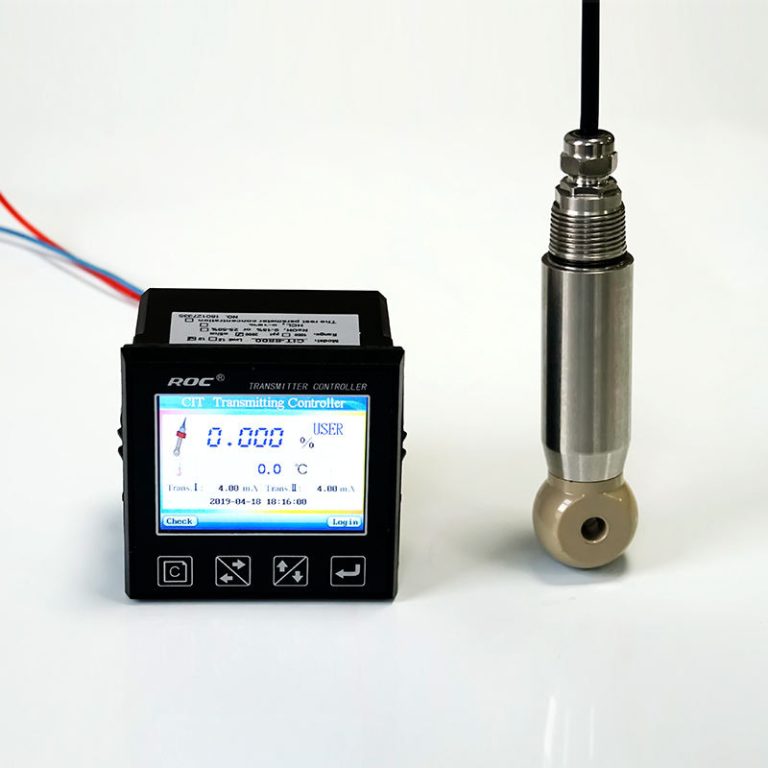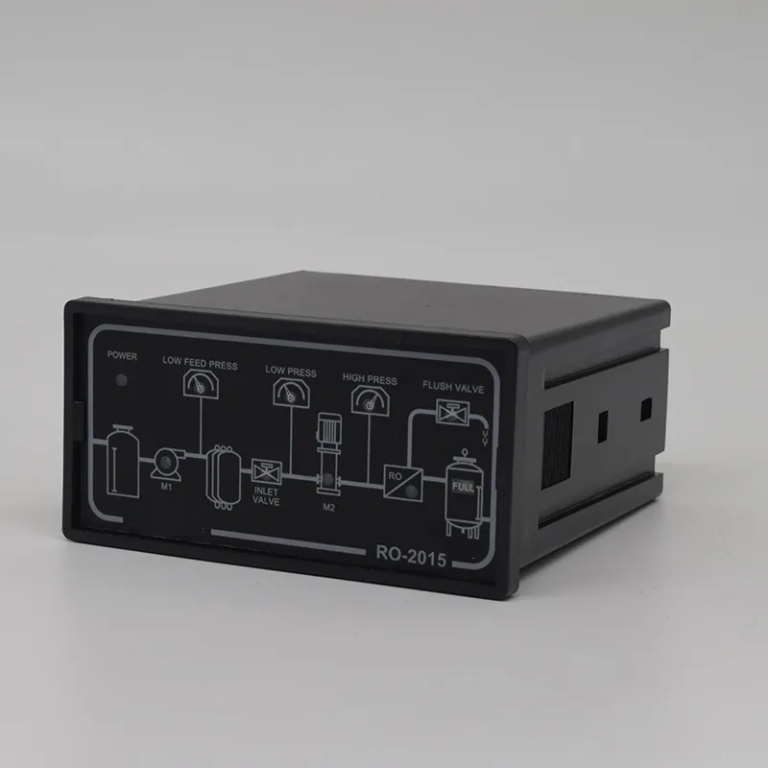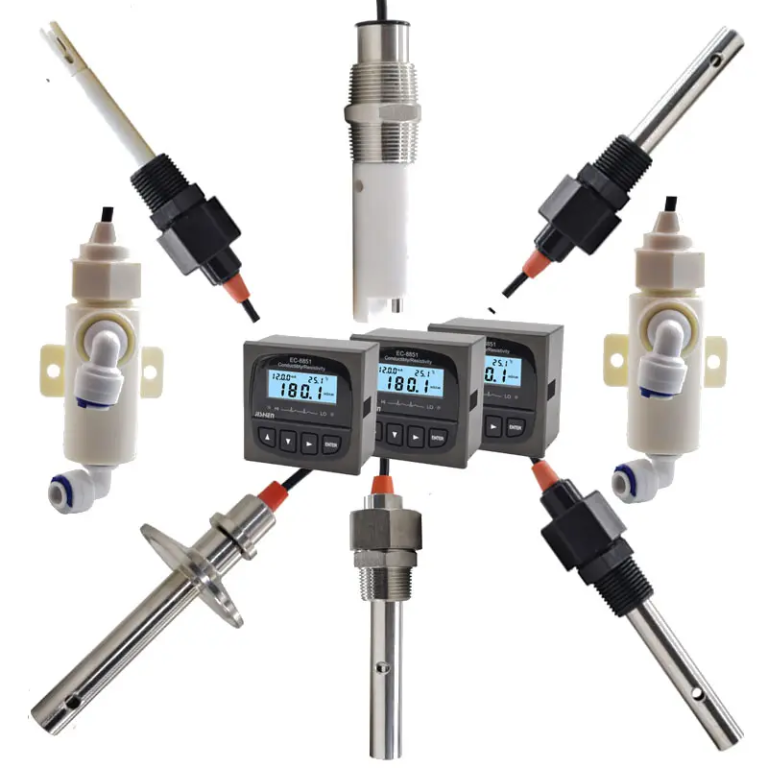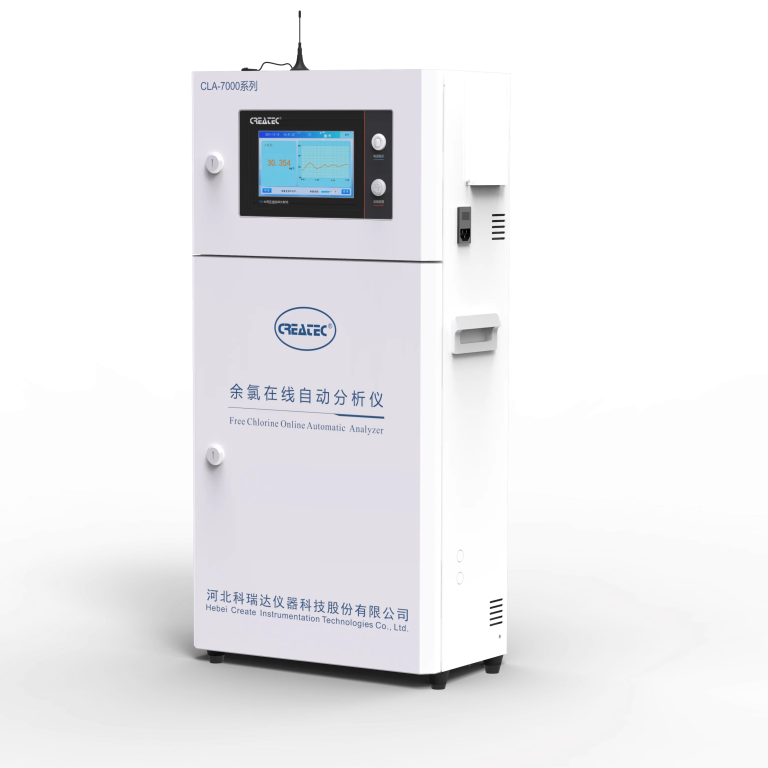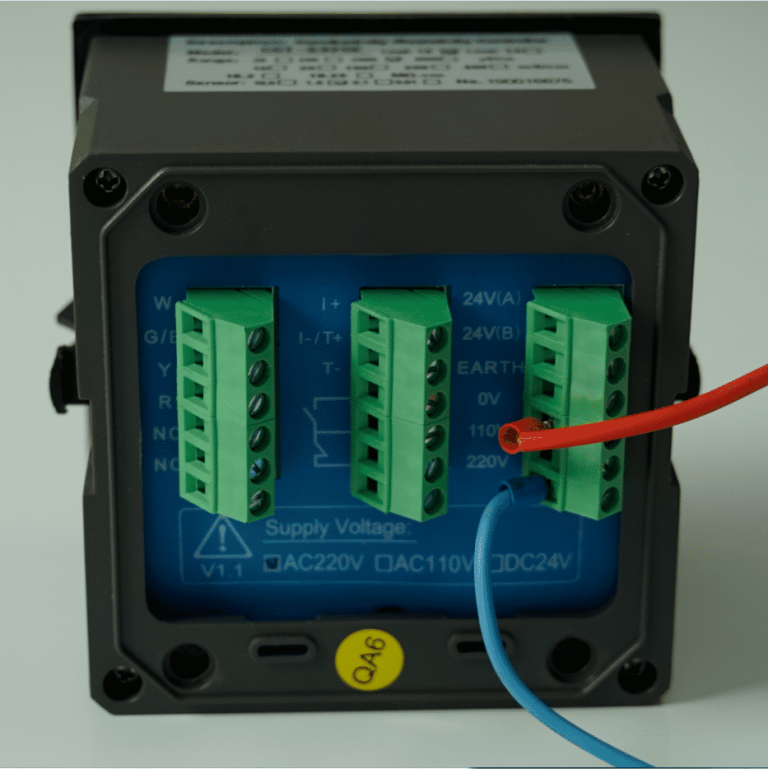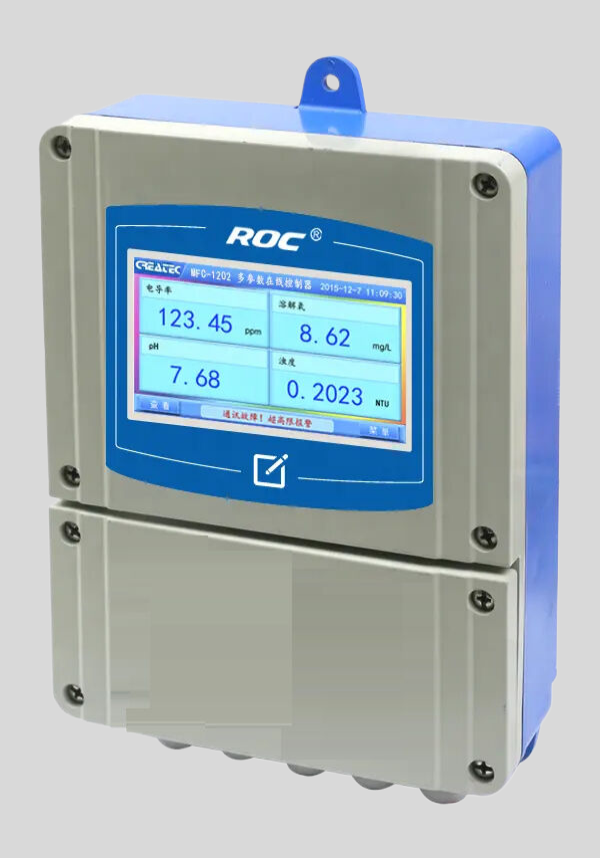Table of Contents
Benefits of Using Flow Meters in Wastewater Treatment Plants
Flow meters play a crucial role in wastewater treatment plants by accurately measuring the flow rate of water and other liquids. These devices provide valuable data that helps plant operators monitor and control the treatment process, ensuring that it operates efficiently and effectively. In this article, we will explore the benefits of using flow meters in wastewater treatment plants.
In addition to measuring flow rate, flow meters can also detect leaks and other issues in the system. By comparing the flow rate at different points in the plant, operators can identify areas where there may be a problem, such as a leak or blockage. This early detection allows for prompt maintenance and repairs, preventing costly downtime and potential environmental damage.
Another benefit of using flow meters in wastewater treatment plants is their ability to optimize the treatment process. By accurately measuring the flow rate of water and other liquids, operators can adjust the dosage of chemicals and other treatment agents to ensure that the water is treated effectively. This optimization not only improves the quality of the treated water but also reduces the amount of chemicals and energy required, leading to cost savings and environmental benefits.
Flow meters also play a crucial role in ensuring compliance with regulatory requirements. Many wastewater treatment plants are subject to strict regulations governing the discharge of treated water into the environment. By accurately measuring the flow rate and quality of the treated water, flow meters help plant operators demonstrate compliance with these regulations and avoid potential fines and penalties.
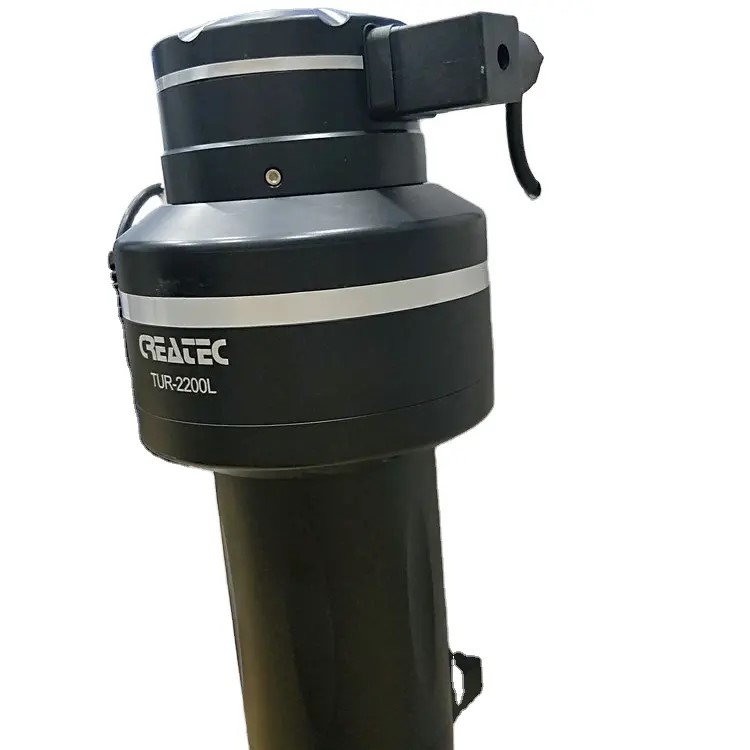
Furthermore, flow meters can help plant operators identify opportunities for process improvements and efficiency gains. By analyzing the data collected by flow meters, operators can identify trends and patterns in the flow rate and quality of the water, allowing them to make informed decisions about how to optimize the treatment process. This continuous monitoring and analysis enable plant operators to identify areas for improvement and implement changes that lead to increased efficiency and cost savings.
In conclusion, flow meters are essential tools for wastewater treatment plants, providing accurate measurement of flow rate, early detection of issues, optimization of the treatment process, compliance with regulations, and opportunities for process improvements. By investing in high-quality flow meters and utilizing them effectively, plant operators can ensure that their treatment process operates efficiently and effectively, leading to improved water quality, cost savings, and environmental benefits.
How to Choose the Right flow meter for Wastewater Applications
Flow meters are essential tools in wastewater treatment plants, helping operators monitor and control the flow of water and other liquids throughout the facility. Choosing the right flow meter for wastewater applications is crucial to ensure accurate measurements and efficient operations. With a wide range of flow meters available on the market, selecting the best option can be a daunting task. In this article, we will discuss some key factors to consider when choosing a flow meter for wastewater applications.
One of the first things to consider when selecting a flow meter for wastewater applications is the type of liquid being measured. Wastewater can contain a variety of substances, including solids, chemicals, and organic matter, which can affect the performance of the flow meter. It is important to choose a flow meter that is compatible with the specific characteristics of the wastewater to ensure accurate and reliable measurements.
Another important factor to consider is the flow rate of the wastewater. Different flow meters are designed to measure different flow rates, so it is essential to choose a flow meter that can handle the flow rate of the wastewater in your facility. Additionally, consider the minimum and maximum flow rates that the flow meter will need to measure, as this will help determine the appropriate size and type of flow meter for your application.
Accuracy is another critical factor to consider when choosing a flow meter for wastewater applications. The accuracy of a flow meter is typically expressed as a percentage of the actual flow rate, with lower percentages indicating higher accuracy. It is important to select a flow meter with the level of accuracy required for your specific application to ensure reliable measurements and efficient operations.

| ROS-360 Water Treatment RO Programmer Controller | ||
| Model | ROS-360 Single Stage | ROS-360 Double Stage |
| Measuring range | Source water0~2000uS/cm | Source water0~2000uS/cm |
| First level effluent 0~1000uS/cm | First level effluent 0~1000uS/cm | |
| secondary effluent 0~100uS/cm | secondary effluent 0~100uS/cm | |
| Pressure sensor(optional) | Membrane pre/post pressure | Primary/ secondary membrane front/rear pressure |
| Flow Sensor(optional) | 2 channels (Inlet/outlet flow rate) | 3 channels (source water, primary flow,secondary flow) |
| IO input | 1.Raw water low pressure | 1.Raw water low pressure |
| 2.Primary booster pump inlet low pressure | 2.Primary booster pump inlet low pressure | |
| 3.Primary booster pump outlet high pressure | 3.Primary booster pump outlet high pressure | |
| 4.High liquid level of Level 1 tank | 4.High liquid level of Level 1 tank | |
| 5.Low liquid level of Level 1 tank | 5.Low liquid level of Level 1 tank | |
| 6.Preprocessing signal | 6.2nd booster pump outlet high pressure | |
| 7.High liquid level of Level 2 tank | ||
| 8.Preprocessing signal | ||
| Relay output (passive) | 1.Water inlet valve | 1.Water inlet valve |
| 2.Source water pump | 2.Source water pump | |
| 3.Booster pump | 3.Primary booster pump | |
| 4.Flush valve | 4.Primary flush valve | |
| 5.Water over standard discharge valve | 5.Primary water over standard discharge valve | |
| 6.Alarm output node | 6.Secondary booster pump | |
| 7.Manual standby pump | 7.Secondary flush valve | |
| 8.Secondary water over standard discharge valve | ||
| 9.Alarm output node | ||
| 10.Manual standby pump | ||
| The main function | 1.Correction of electrode constant | 1.Correction of electrode constant |
| 2.TDS alarm setting | 2.TDS alarm setting | |
| 3.All working mode time can be set | 3.All working mode time can be set | |
| 4.High and low pressure flushing mode setting | 4.High and low pressure flushing mode setting | |
| 5.Manual/automatic can be chosen when boot up | 5.Manual/automatic can be chosen when boot up | |
| 6.Manual debugging mode | 6.Manual debugging mode | |
| 7.Spare parts time management | 7.Spare parts time management | |
| Expansion interface | 1.Reserved relay output | 1.Reserved relay output |
| 2.RS485 communication | 2.RS485 communication | |
| Power supply | DC24V±10% | DC24V±10% |
| Relative humidity | ≦85% | ≤85% |
| Environment temperature | 0~50℃ | 0~50℃ |
| Touch screen size | Touch screen size: 7 inches 203*149*48mm (Hx Wx D) | Touch screen size: 7 inches 203*149*48mm (Hx Wx D) |
| Hole Size | 190x136mm(HxW) | 190x136mm(HxW) |
| Installation | Embedded | Embedded |
In addition to accuracy, consider the repeatability of the flow meter. Repeatability refers to the ability of the flow meter to produce consistent measurements when the same flow conditions are repeated. A flow meter with high repeatability will provide more reliable and consistent measurements, which is essential for monitoring and controlling the flow of wastewater in a treatment plant.
| CCT-5300 | |||||
| Constant | 10.00cm-1 | 1.000cm-1 | 0.100cm-1 | 0.010cm-1 | |
| Conductivity | (500~20,000) | (1.0~2,000) | (0.5~200) | (0.05~18.25) | |
| μS/cm | μS/cm | μS/cm | MΩ·cm | ||
| TDS | (250~10,000) | (0.5~1,000) | (0.25~100) | —— | |
| ppm | ppm | ppm | |||
| Medium Temp. | (0~50)℃(Temp. Compensation : NTC10K) | ||||
| Accuracy | Conductivity: 1.5%(FS) | ||||
| Resistivity: 2.0%(FS) | |||||
| TDS: 1.5%(FS) | |||||
| Temp.:±0.5℃ | |||||
| Temperature compensation | (0~50)℃ with 25℃ as Standard | ||||
| Analog Output | Single isolated(4~20)mA,instrument/transmitter for selection | ||||
| Control Output | SPDT relay, Load capacity : AC 230V/50A(Max) | ||||
| Power Supply | CCT-5300E : DC24V | CCT-5320E : AC 220V±15% | |||
| Working Environment | Temp. (0~50)℃;Relative Humidity ≤85%RH(none condensation) | ||||
| Storage Environment | Temp.(-20~60)℃; Relative Humidity ≤85%RH(none condensation) | ||||
| Dimension | 96mm×96mm×105mm (H×W×D) | ||||
| Hole Size | 91mm×91mm (H×W) | ||||
| Installation | Panel mounted, fast installation | ||||
When choosing a flow meter for wastewater applications, it is also important to consider the installation and maintenance requirements of the flow meter. Some flow meters may require specialized installation procedures or regular maintenance to ensure optimal performance. Consider the availability of technical support and spare parts for the flow meter, as well as the overall cost of ownership, when selecting a flow meter for your facility.
Finally, consider the environmental conditions in which the flow meter will be operating. Wastewater treatment plants can be harsh environments, with exposure to chemicals, temperature fluctuations, and other factors that can affect the performance of the flow meter. Choose a flow meter that is designed to withstand the specific environmental conditions in your facility to ensure long-term reliability and accuracy.
In conclusion, choosing the right flow meter for wastewater applications is essential to ensure accurate measurements, efficient operations, and reliable performance. Consider factors such as the type of liquid being measured, flow rate, accuracy, repeatability, installation and maintenance requirements, and environmental conditions when selecting a flow meter for your facility. By carefully evaluating these factors and choosing a flow meter that meets your specific needs, you can ensure optimal performance and efficiency in your wastewater treatment plant.

